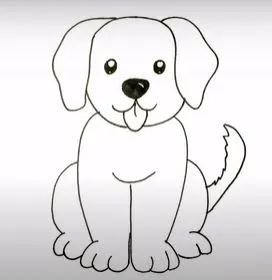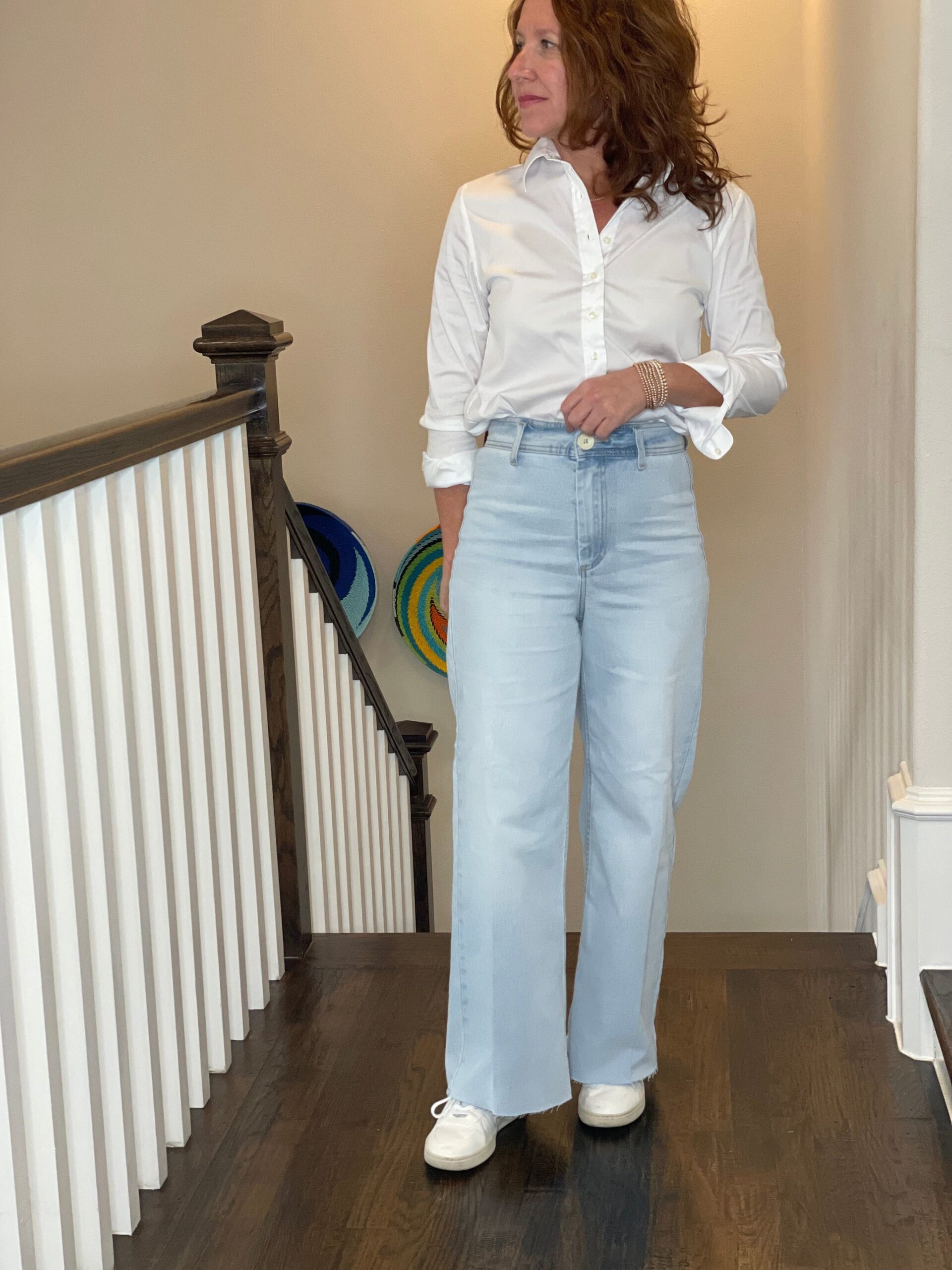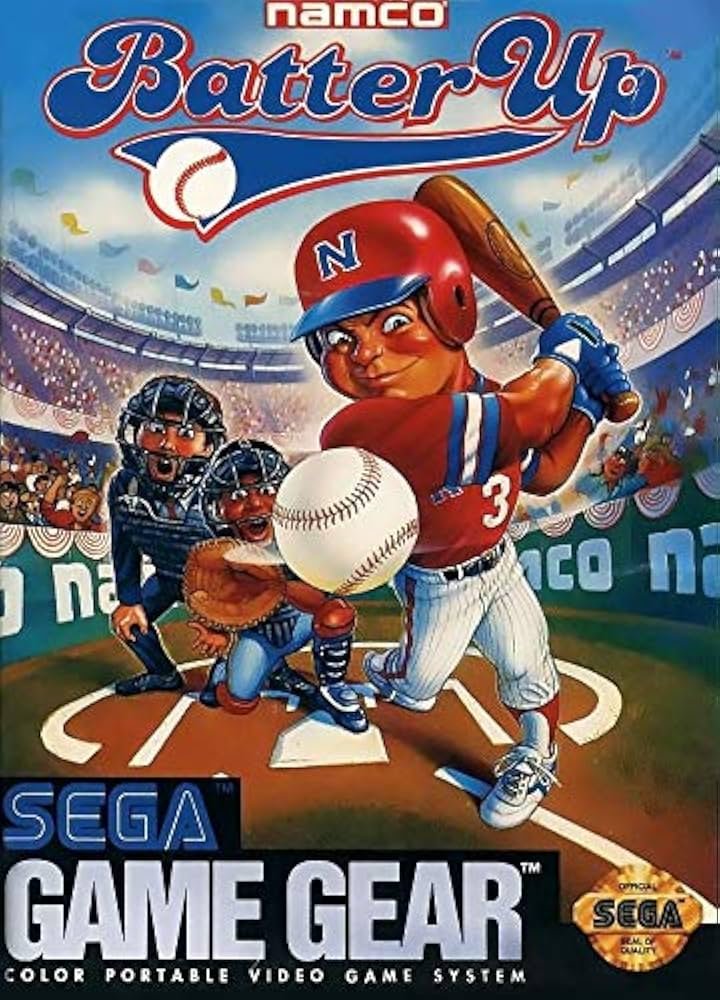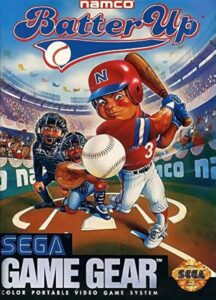Master The Art Of Drawing Dogs: Tips And Techniques
Drawing of dog? Sketch your furry friend with these simple steps. Begin by outlining the basic shapes: a circle for the head, ovals for the body, and triangles for the ears. Next, add details like eyes, nose, and tail to bring your drawing to life. Practice shading and texture to make your dog illustration realistic. Dive into this artistic adventure and unleash your creativity with the drawing of a dog.
Drawing the Perfect Dog: A Step-by-Step Guide
Welcome, young artists, to a fun and pawsome adventure in the world of drawing dogs! Whether you’re a beginner or a seasoned doodler, learning how to draw a dog can be a rewarding experience. In this detailed guide, we’ll explore everything you need to know to create your very own canine masterpiece. So, grab your pencils and paper, and let’s get started!
The Basics of Dog Drawing
Before we dive into the step-by-step process of drawing a dog, let’s first understand the basic shapes and features that make up our furry friends. Dogs come in all shapes and sizes, but most can be simplified into a few key components:
1. Head
The head of a dog is usually shaped like an oval or a circle, with a snout extending outwards. Pay attention to the size of the head in relation to the body, as this will help you maintain the right proportions in your drawing.
2. Ears
Dogs have different types of ears, ranging from floppy to perky. When drawing ears, consider the position and shape to capture the dog’s unique personality.
3. Body
The body of a dog can be represented by simple shapes like ovals and rectangles. Think about the stance of the dog – is it standing, sitting, or perhaps wagging its tail?
4. Legs and Paws
Drawing the legs and paws may seem tricky, but breaking them down into basic shapes can make it easier. Dogs have four legs with paws that vary in size and shape depending on the breed.
Step-by-Step Guide to Drawing a Dog
Now that we’ve covered the basics, let’s walk through a step-by-step process to create your very own dog drawing. Remember, practice makes perfect, so don’t worry if your first attempt isn’t pawfection!
Step 1: Start with the Head
Begin by drawing a large circle for the head and a smaller circle or oval for the snout. Add two dots for the eyes and a small triangle for the nose. Feel free to adjust the shapes to capture the breed you’re drawing.
Step 2: Add the Ears and Mouth
Next, sketch in the ears based on the type of dog you’re drawing – whether they’re long and droopy or short and perky. Don’t forget to include the dog’s mouth by drawing a curved line below the nose.
Step 3: Outline the Body
Extend the head to form the neck and then draw the body using simple shapes like ovals or rectangles. Consider the pose of the dog – is it sitting, standing, or playing?
Step 4: Sketch the Legs and Paws
Draw four legs extending from the body, adding details like joints and paws at the end. Remember that each paw consists of toes, so you can indicate these with small lines.
Step 5: Add Fur and Details
To bring your dog drawing to life, add fur texture by drawing short strokes or lines around the body. You can also add details like a collar, a wagging tail, or even a playful tongue sticking out!
Tips for Perfecting Your Dog Drawings
Now that you’ve mastered the basics of drawing a dog, here are some extra tips to help you improve your skills and create even more realistic and adorable canine illustrations:
1. Study Different Dog Breeds
Each dog breed has unique characteristics that set them apart. Take some time to study different breeds and their features to enhance your drawing abilities.
2. Practice Regularly
Like any skill, drawing takes practice. Set aside time each day to sketch dogs or other animals to improve your technique and develop your own style.
3. Use References
Don’t be afraid to use references like photos or videos of dogs to guide your drawings. Observing real-life dogs can help you capture their essence more accurately.
4. Experiment with Different Styles
Explore different drawing styles, from realistic to cartoonish, to find what suits your preferences. Remember, there’s no right or wrong way to draw a dog – it’s all about having fun!
Let Your Imagination Run Wild!
Congratulations, young artists! You’ve now unlocked the secrets to drawing the perfect dog. Remember, every stroke of your pencil brings your furry friend to life, so don’t be afraid to let your imagination run wild. Whether you’re drawing a playful puppy or a loyal old hound, have fun and enjoy the creative process. Keep practicing, keep experimenting, and most importantly, keep wagging those artistic tails!
Happy drawing!
How To Draw A Cute Beagle Dog Cartoon
Frequently Asked Questions
How can I improve my dog drawing skills?
To enhance your dog drawing skills, practice regularly by observing real dogs and studying their anatomy. Utilize tutorials, online resources, and drawing books to learn techniques such as shading, proportions, and capturing the essence of a dog’s features. Don’t be afraid to make mistakes as they are essential for growth in art.
What tools are essential for drawing a dog?
Key tools for drawing a dog include pencils of varying hardness for sketching and shading, quality erasers for corrections, paper suitable for your preferred medium, and reference images to guide your work. Consider investing in colored pencils or markers if you want to add color to your drawings.
How do I create a realistic fur texture when drawing a dog?
To achieve a realistic fur texture in your dog drawing, start by outlining the main shape of the fur with light, short strokes. Gradually layer darker strokes to build depth and dimension. Use different pencil pressures and directional strokes to mimic the direction and flow of the fur. Don’t forget to leave some areas lighter to create highlights.
Final Thoughts
In conclusion, mastering the art of drawing a dog requires practice and patience. By understanding the fundamental shapes and proportions, one can create realistic and expressive canine portraits. Remember, each stroke of the pencil contributes to capturing the dog’s unique personality. With dedication and attention to detail, anyone can improve their skills in the drawing of a dog. Keep practicing, and soon you’ll be creating stunning and lifelike illustrations of man’s best friend.














Post Comment